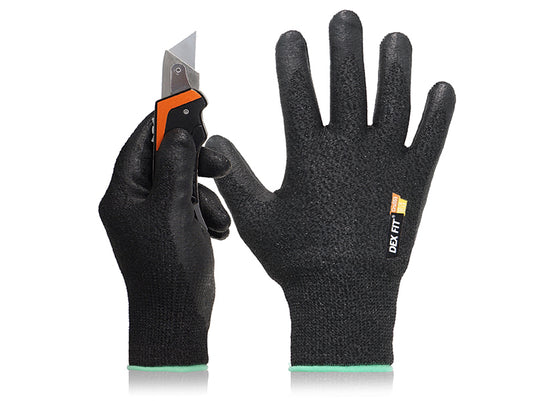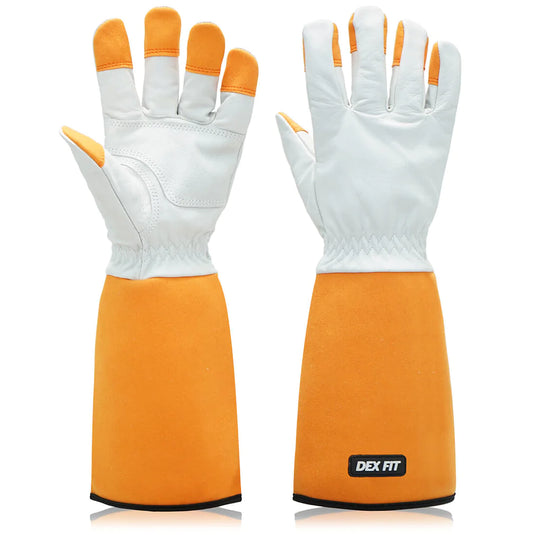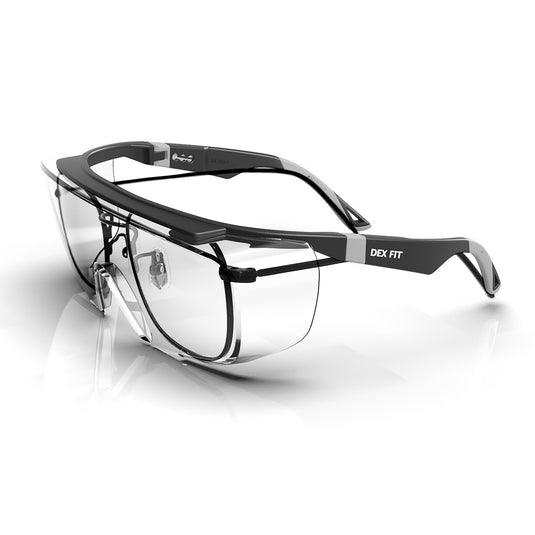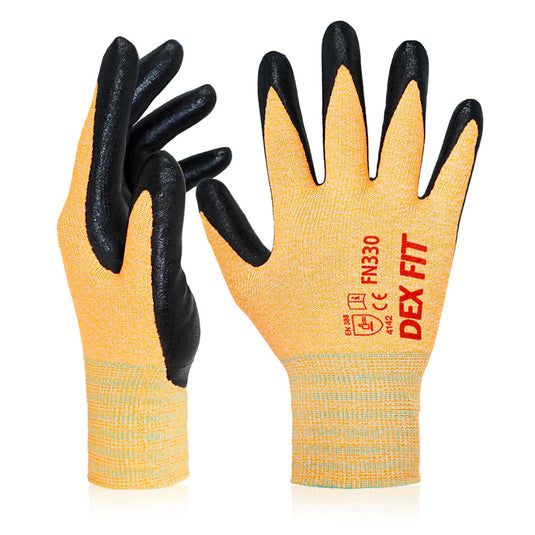
Work gloves are an essential piece of personal protective equipment (PPE) in various industries, providing vital protection for our hands while on the job. However, even though gloves seem straightforward, there are several common mistakes people make when using them. In this blog, we'll discuss these mistakes and provide you with the correct procedures for using gloves at work. So, let's dive right in and ensure you're getting the most out of your work gloves!
Mistake: Choosing the Wrong Type of Work Gloves
One of the most common mistakes people make is selecting the wrong type of gloves for their specific work environment. Not all work gloves are created equal. Different jobs require different levels of protection.

Solution: Access the Hazard First
Before purchasing gloves, carefully assess the hazards you'll encounter. For instance, if you're dealing with chemicals, opt for chemical-resistant gloves. If you're working with sharp objects, consider cut resistant gloves.
Mistake: Wearing Damaged or Ill-Fitting Gloves:

Wearing damaged or ill-fitting gloves not only compromises your safety but also reduces their effectiveness.
Solution: Regular Inspection
Inspect your gloves regularly for any signs of wear and tear, such as holes or frayed edges. Replace damaged gloves immediately to maintain optimal protection. Additionally, gloves that are too loose or too tight can hinder dexterity and cause discomfort. Prefer cut resistant gloves that fit snugly but allow for freedom of movement.
Mistake: Neglecting Hand Hygiene
While gloves protect your hands from external hazards, it's crucial to remember that they can also harbor bacteria and other contaminants.

Solution: Clean and Sanitize Hands after Every Use
Before putting on gloves, ensure your hands are clean and dry. This practice reduces the risk of transferring germs from your hands to your gloves and vice versa. Remember, work gloves are not a substitute for proper hand hygiene. Clean and sanitize your hands before and after glove use.
Mistake: Failing to Remove Gloves Properly
Improper glove removal is a common mistake that can lead to cross-contamination and the spread of harmful substances or pathogens. Inadequate removal increases the risk of touching contaminated surfaces or skin, defeating the purpose of wearing gloves for protection.
Solution: Avoid Touching the Outside Surface
When removing gloves, avoid touching the outside surface, which may be contaminated. Pinch one glove near the wrist and peel it off, turning it inside out. Hold the removed glove in your gloved hand and slide your fingers under the remaining glove, peeling it off while inverting it. Proper glove removal ensures that any potential contaminants remain trapped inside the gloves.
Mistake: Not Replacing Work Gloves When Necessary
Using the same pair of gloves for an extended period can compromise their effectiveness and increase the risk of injury.

Solution: Replace Gloves Promptly
Replace gloves promptly when they become damaged, torn, or excessively soiled. Regularly check your gloves for signs of wear and tear, and have a stock of fresh gloves available at all times. By doing so, you'll maintain a high level of protection and ensure your safety on the job.
Looking at the most common work glove mistakes to avoid brings us to the question of what is the correct procedure for using gloves at work. stay aboard to know the right way.
Do’s for Using Gloves at Work:

Let’s see the Do’s for using gloves at work-
- Choose the appropriate type of gloves for your specific work environment.
- Inspect gloves for any damage or signs of wear before use.
- Clean and dry your hands thoroughly before putting on gloves.
- Put on gloves, ensuring a snug fit without compromising dexterity.
- Avoid touching your face, equipment, or surfaces that may contaminate the gloves.
- Change gloves immediately if they become damaged, torn, or excessively soiled.
- Remove gloves properly by following the inverted technique to prevent cross-contamination.
- Dispose of used gloves in designated waste containers.
- Clean and sanitize your hands thoroughly after removing gloves.
- Store gloves in a clean, dry, and easily accessible location.
Conclusion:
By avoiding these common work glove mistakes and following the correct procedures for glove use, you can significantly enhance your safety and productivity on the job. Remember, choosing the right gloves, inspecting them regularly, practicing good hand hygiene, and replacing gloves when necessary are all vital steps in ensuring optimal protection.





